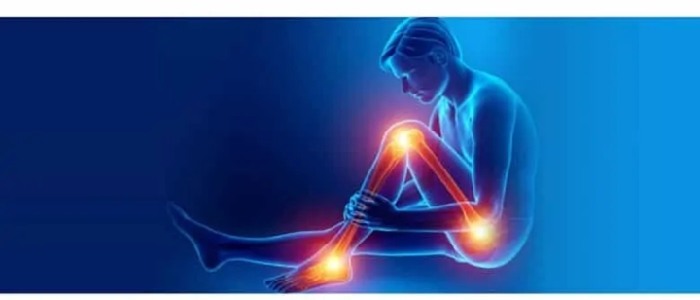Nov 20: Some traditional vegetable and meat soup broths may help fight malaria by curbing the growth and transmission of the deadly parasite, a first-of-its-kind study claims.
Several of the soup broths, collected from traditional family recipes that originated around the world, showed activity against the malaria parasite Plasmodium falciparum, either by curbing its growth or preventing it from maturing, according to the researchers from Imperial College London in the UK.
The soup recipes had been passed down through the generations for the treatment of fever, they said.
According to the study, published in the journal Archives of Disease in Childhood, five of the broths were able to curb growth of the parasite in its disease-causing stage by more than 50 per cent.
In two of these, the inhibitory activity was comparable with that of a leading antimalarial drug, dihydroartemisinin, the researchers said.
Dihydroarteminisin contains artemisinin, which was isolated from a traditional Chinese herbal medicine.
The researchers hope that they may discover new antimalarial compounds in a similar way from the work looking at soup. The next step is to identify the active ingredients responsible.
"Malaria kills more than 400,000 people per year and infects more than 200 million, yet resistance to our frontline drugs continues to emerge," said lead researcher Professor Jake Baum, from the Department of Life Sciences at Imperial.
"We may have to look beyond the chemistry shelf for new drugs, and natural remedies shouldn't be off our watch list, as artemisinin shows," Baum said.
Four other broths were more than 50 per cent effective at blocking the ability of the parasites to mature to a form that infects mosquitoes, potentially blocking the process of transmission, they said.
The samples of homemade clear soup broths came from family recipes from across Europe, North Africa, and the Middle East.
Filtered extracts of the broths were then tested against two stages of the parasite: when it can infect mosquitoes, and when it can cause the disease in humans.
The recipes for each of the broths varied. They were vegetarian, chicken, or beef based, with no particular ingredient common to those with the strongest antimalarial activity.
The active ingredients in the broths studied are yet to be identified and tested.
The active ingredients would need to be isolated, before tests of toxicology and effectiveness, first in human cells and later preclinical trials, the researchers said.
"It's really interesting to find potential routes for future drug development in something like your grandmother's soup," Baum said.






Comments
Add new comment